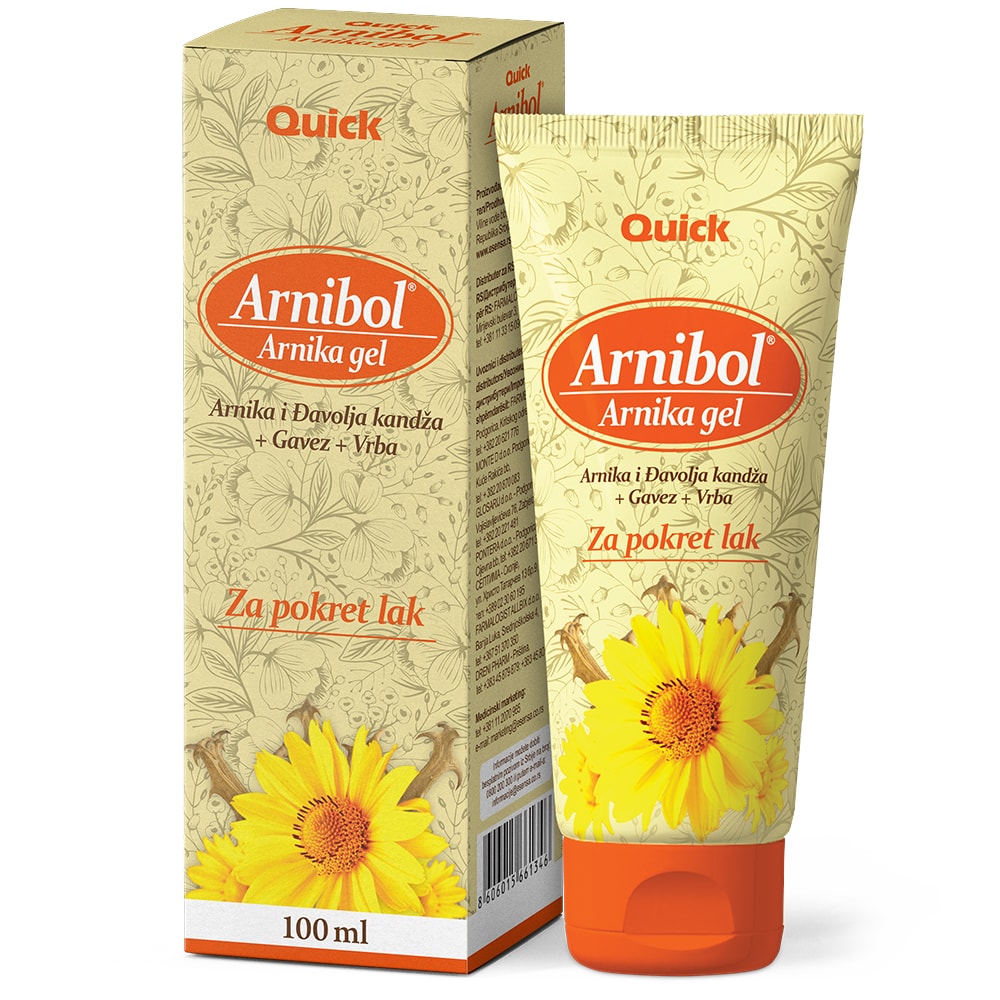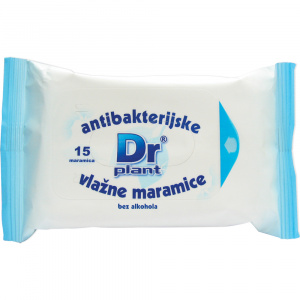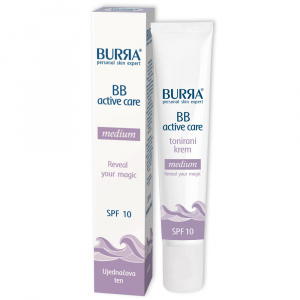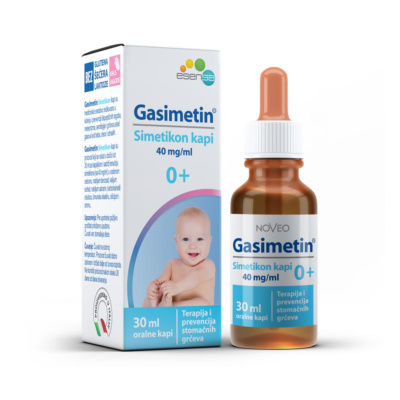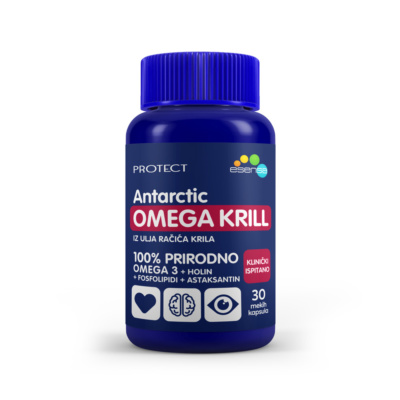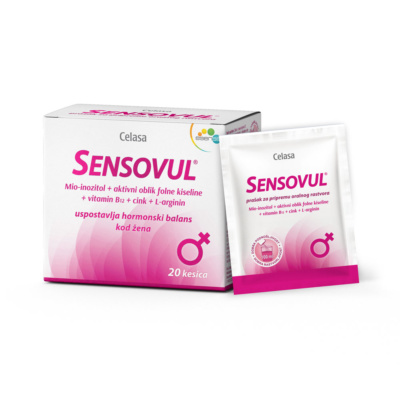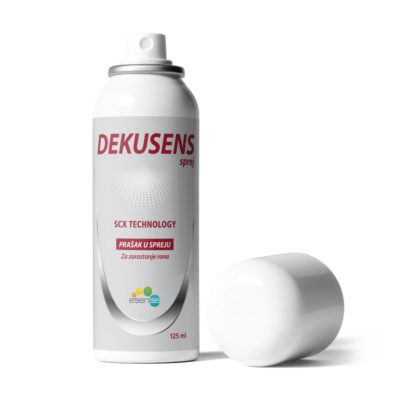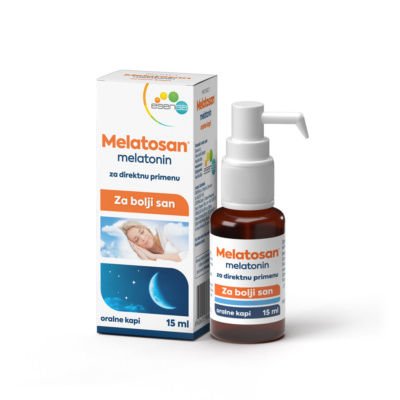Arnibol Arnika gel represents combination of four active herbal extract: the mountain arnica flower, the root of the devil’s claw, the comfrey root and the white willow bark, traditionally used in the treatment of musculoskeletal disorders.
The Mountain Arnica flower contains a number of active principles that have antimicrobial, antiphlogistic, anti-inflammatory, analgesic and antirheumatic activity.
The root of the devil’s claw (Harpagophytum procumbens), contains heterozygotes of harpagoside and acetyosides that have an antiinflammatory and mild analgesic effect.
The comfrey root (Symphytum officinale) contains essential oils, tannin, mucus and rare substance allantoin, which stimulates growth and proliferation of cells and tissue regeneration, helps with inflammation of tendons and joints, hematomas and swellings.
The white willow root (Salix alba) contains flavonoids, tannins and phenolic glycosides, of which the most significant is salicin with its anti-inflammatory and analgesic effect.




